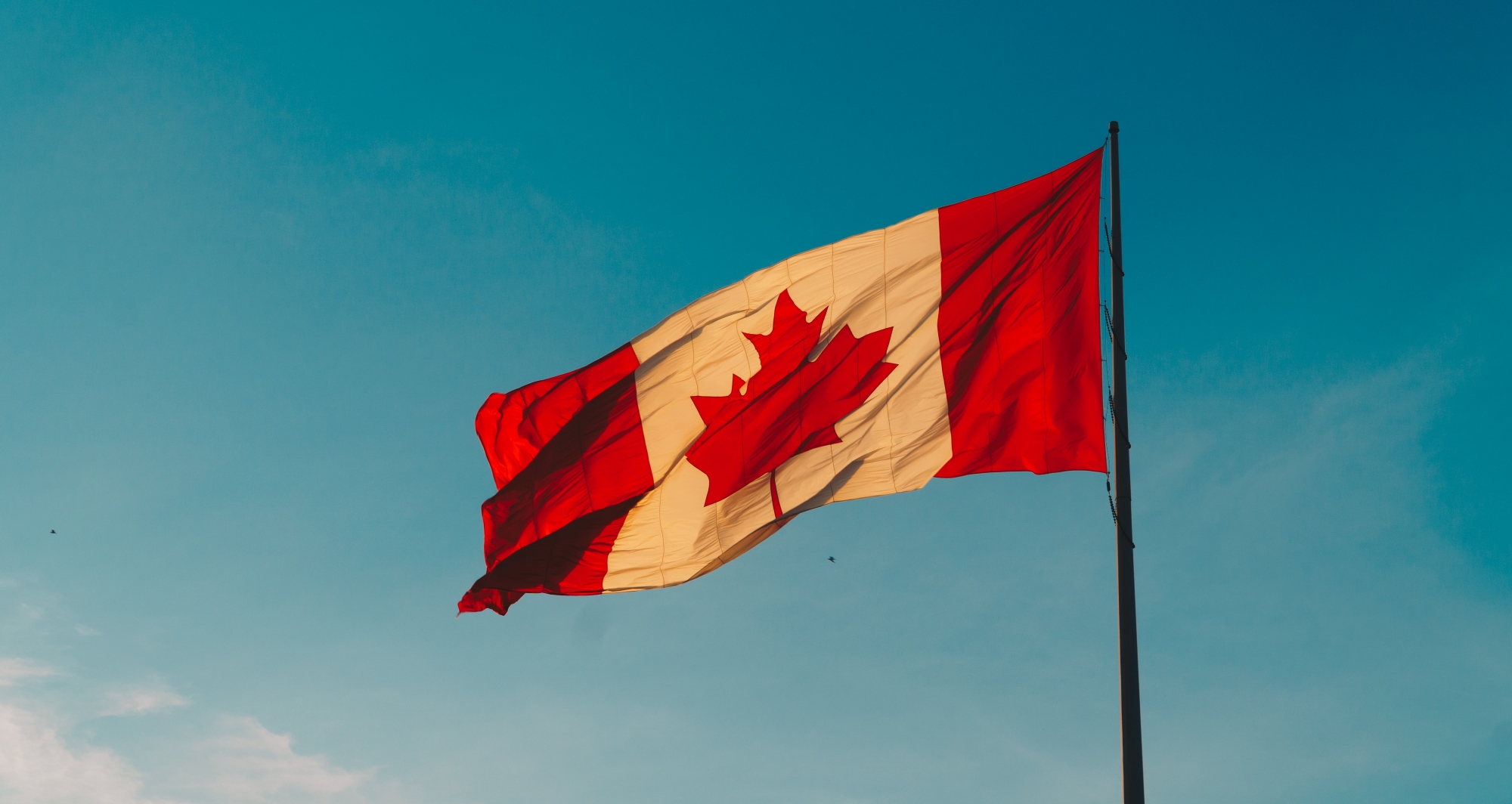You are here
Home 🌿 Recreational Marijuana News 🌿 Canada’s marijuana legalization provides lessons to the world on selling cannabis 🌿Canada’s marijuana legalization provides lessons to the world on selling cannabis

In October 2018, Canada became the first G20 country to legalize the recreational use of cannabis. Over the past three years, the province of Ontario — to name just one Canadian jurisdiction — has moved away from having a significantly under-serviced retail market to one that is heavily saturated.
The Cannabis Act (Bill C-45) provided the rules and regulations around the production, distribution, sale and possession of cannabis. However, there are significant differences in each province’s and territory’s retail framework — private, public or hybrid — and the legal age for consumption, purchasing options and personal possession limits.
Was the rollout a success or failure? When analyzing the evolution of an illegal-to-legal retail market, our recent study found considerable consumer discontent with at least one province’s cannabis retailing approach. Our research examines how consumers have reacted to cannabis retail in the province of Ontario.
Ontario market
The two-year period following the passing of Bill C-45 was largely defined by policy rollouts that impacted both cannabis users and emerging cannabis businesses. In 2017, Ontario’s Liberal government decided on a fully public model whereby the government-run Liquor Control Board of Ontario (LCBO) would operate 150 brick-and-mortar retail cannabis stores.
After the provincial election in 2018 that saw the Conservatives come to power after 15 years of Liberal rule, these policy developments were scrapped in favour of a dual retail model: public (online only) and pseudo-private sector (offline only).
By the first day of cannabis legalization on Oct. 17, 2018, the only legal method to purchase cannabis was through the online Ontario Cannabis Store.
Although the federal and provincial government introduced legislation to permit the legal operation of privately owned cannabis stores, municipalities in Ontario were able to opt out of the legislation and not allow cannabis stores to operate within their community boundaries.
The consumer response
In our study, we analyzed all of the tweets that mentioned the Ontario Cannabis Store on Twitter and found significant consumer discontent during the first year of legalization.
The rigid government policies and eligibility criteria for obtaining licences required to sell cannabis products created significant issues around ordering, delivery and product availability.
Strict licensing protocols resulted in an under-served market, forcing the Ontario Cannibis Store’s website to function beyond capacity. Higher-than-expected demand, coupled with limited brick-and-mortar stores, created significant issues with online sales and major delays in delivery.
The unprecedented demand for cannabis products created further supply issues. Twitter users demonstrated that the restrictive purchasing options (due to government policy) created a shortage of point-of-sale locations, leaving consumers unable to purchase their desired products.
As a result of these shortages, Ontario limited the number of retail outlets that were allowed to open. Furthermore, with 17.6 per cent of all municipalities in Ontario opting against establishing brick-and-mortar stores, many consumers were left with no choice but to purchase products online from the Ontario Cannabis Store or turn to the black market. These and other governance-related issues can be attributed to changes to the provincial policies, which occurred as a result of a shift to a Conservative government.
Cutting red tape
In order to combat these supply shortages, the provincial government removed much of the red tape associated with licensing protocols for brick-and-mortar stores. Since then, the cannabis market in Ontario has gone through a significant retail sprawl, growing from the 25 locations in the first year of legalization to more than 1,000 locations to date.
This growth is now creating major concerns with store cannibalization. With many cannabis retailers competing for the same market share, it is increasingly difficult for some of these retailers to remain profitable.
Since recreational cannabis legalization came into effect, Canadian provinces and territories have introduced a varied regulatory framework to manage the distribution and sale of recreational cannabis across the country.
While Canada is one of the first countries to legalize recreational cannabis at a national level, it will not be the last. As many as 33 American states and several European countries, including Italy, Portugal and the Czech Republic, are looking to legalize recreational cannabis. That means Canada’s experience serves as a lesson to other countries as this newly emerging retail sector takes flight.
420 Intel is Your Source for Marijuana News
420 Intel Canada is your leading news source for the Canadian cannabis industry. Get the latest updates on Canadian cannabis stocks and developments on how Canada continues to be a major player in the worldwide recreational and medical cannabis industry.
420 Intel Canada is the Canadian Industry news outlet that will keep you updated on how these Canadian developments in recreational and medical marijuana will impact the country and the world. Our commitment is to bring you the most important cannabis news stories from across Canada every day of the week.
Marijuana industry news is a constant endeavor with new developments each day. For marijuana news across the True North, 420 Intel Canada promises to bring you quality, Canadian, cannabis industry news.
You can get 420 Intel news delivered directly to your inbox by signing up for our daily marijuana news, ensuring you’re always kept up to date on the ever-changing cannabis industry. To stay even better informed about marijuana legalization news follow us on Twitter, Facebook and LinkedIn.




